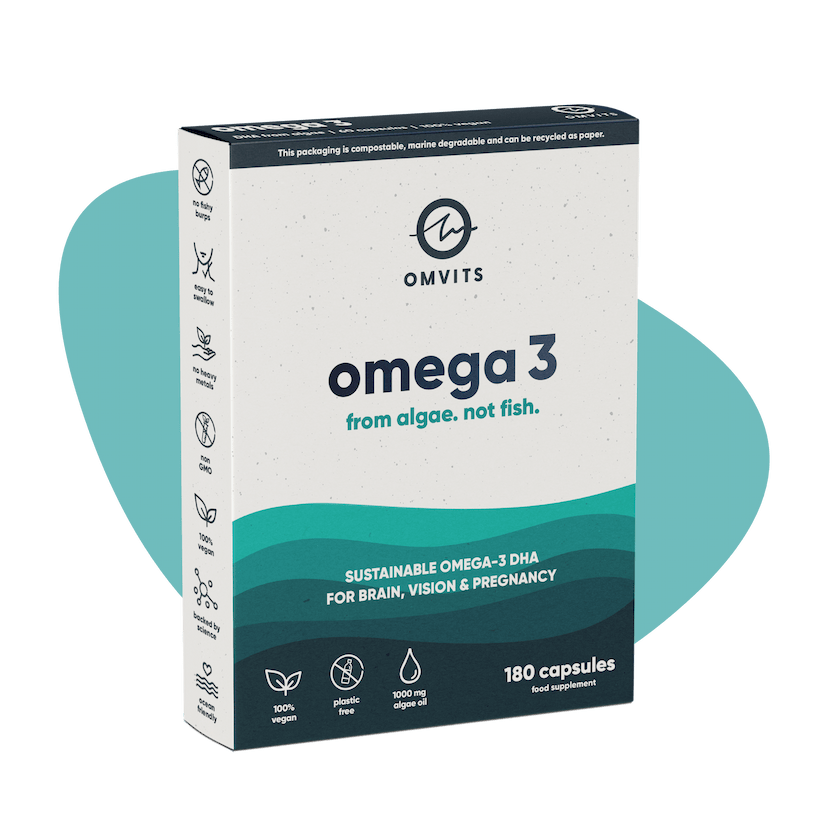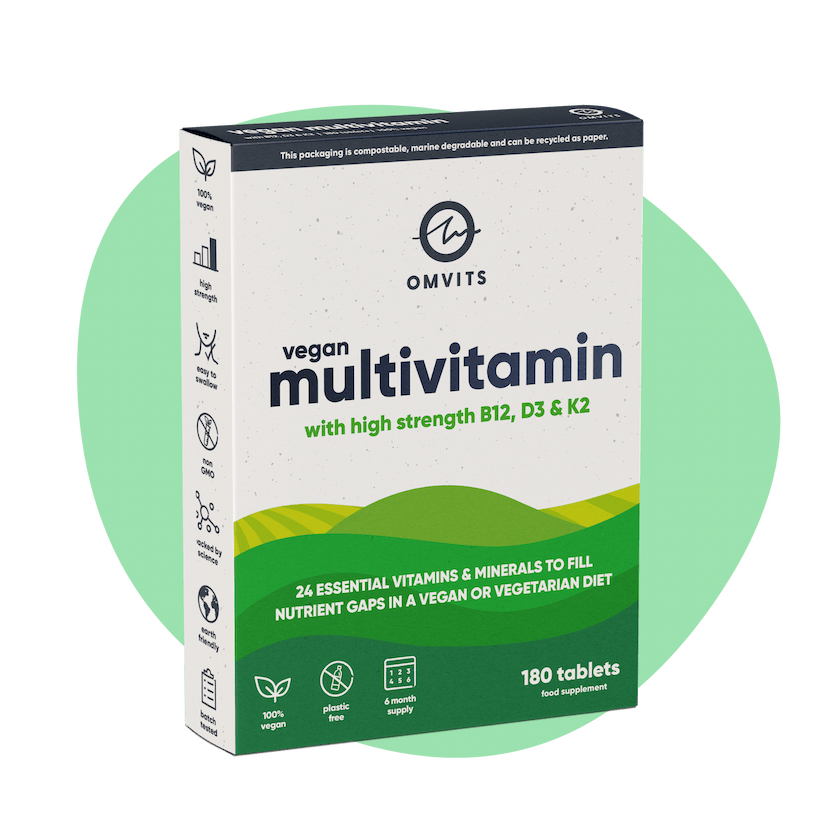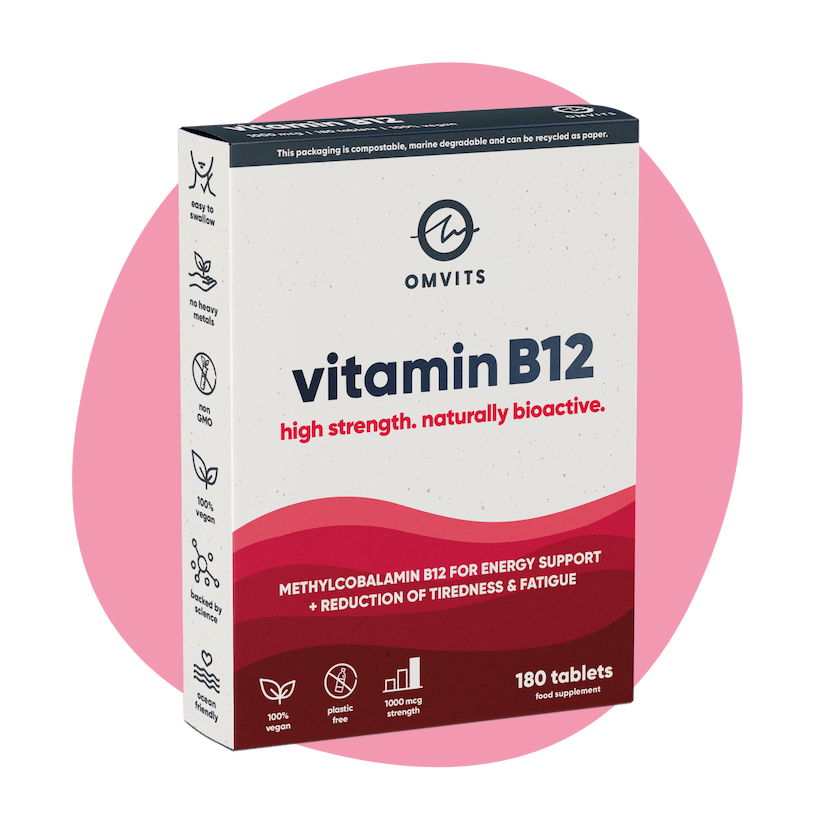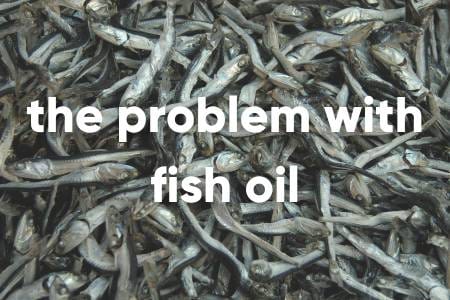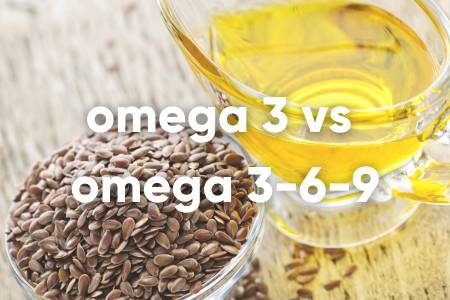FREE UK Delivery £25+
FREE UK Delivery £25+
Blog
about us
account
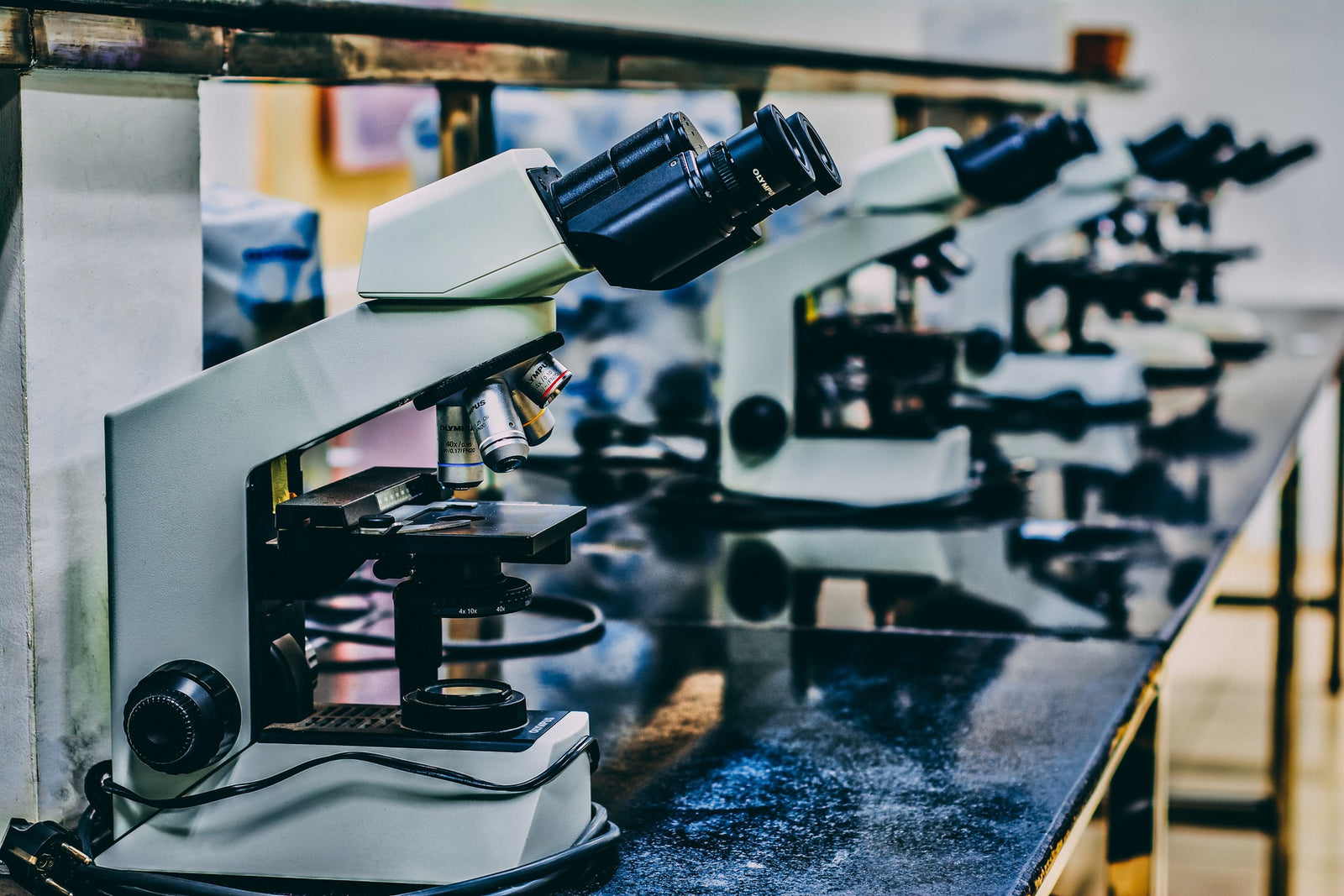
Omega-3: The Science behind the Health Benefits
December 11, 2019 2 min read
We know that Omega-3 is beneficial, but do you know why?
To help get you up to speed, we’ve put together this blog, which explains the science behind fatty acids!
What are Omega-3 fatty acids?
First things first, we need to explain what Omega-3 fatty acids actually are. At the risk of turning this post into an impromptu science lesson, we’ll start out by saying that they’re a type of polyunsaturated fat that’s made from a long chain of carbon atoms.

All Omega-3 fatty acids have a special carbon-carbon double bond that’s located three carbon atoms from the "Omega end" of the chain (1) (hence the “3” in Omega-3!).
The location of this bond allows the chain to be longer, and it's the length of the chain which gives Omega-3 its unique properties. Allowing it to play a role in:
- Building cell membranes
- Producing energy for your cells
- Synthesising important cell-signalling molecules (2)
Now, it’s important to note that the human body can only place these special double bonds after the ninth carbon in a fatty acid chain (not the third as required).
The reason why this is significant is that it means that the body can’t produce its own Omega-3.
In other words, we have to get Omega-3 fatty acids from our diet. We use the word “have” deliberately here, because the unique chemical structure of Omega-3s allow them to perform vital functions that cannot be replicated by other nutrients.
In fact, studies show that Omega-3 fatty acids are absolutely essential to the formation of healthy cell membranes (3) and help to form some of the hormones that regulate cardiovascular health (4).
Omega-3 fatty acids also play an important role in:
- Brain function and development
- Foetal development
- Reducing inflammation (5)
- Encouraging the development of healthy eyes
And research suggests there’s plenty more! If you’re interested in learning more about the (many) benefits associated with Omega-3 fatty acids, you’ll find plenty of detail in this blog post. We’ve also written detailed posts about 'Omega-3 and Inflammation' and 'Omega-3 and Pregnancy'.
SUMMARY: Omega-3 is a fatty acid which is unique because of its chemical structure. This allows it perform important functions throughout the body that can't be done by other nutrients. The human body can't create this special structure and so Omega-3 needs to come from the diet.
References
(1) https://ods.od.nih.gov/factsheets/Omega3FattyAcids-HealthProfessional/
(2) https://opentextbc.ca/anatomyandphysiology/chapter/24-4-lipid-metabolism/
Leave a comment
Comments will be approved before showing up.
Also in The Omvits Blog

The Power of Running: How a 200 Mile Run to Wales Became a Meaningful Journey for a Great Cause
May 03, 2023 3 min read
We interviewed Andrew Thomas, who was preparing for a 200-mile marathon from London to Wales to raise funds for Maggie's Cancer. Read the article to know more about his adventure!
Subscribe
Sign up to get the latest on sales, new releases and more …
Recent Articles
-
The Power of Running: How a 200 Mile Run to Wales Became a Meaningful Journey for a Great Cause
May 03, 2023
-
Sneaky Ingredients To Watch Out For If You're Vegan
January 11, 2022
-
How To Do Veganuary If You’re On A Super Tight Budget
January 11, 2022
-
How To Satisfy Meat & Fish Cravings During Veganuary
January 11, 2022
-
Common Pitfalls Of Veganuary And How To Avoid Them
January 11, 2022
-
Simple Nutrition Advice For Veganuary And Beyond
January 11, 2022
-
Best Vegan Meat Alternatives To Try This Veganuary
January 11, 2022
-
5 Ocean Friendly Clothing Brands To Check Out This Month
June 21, 2021
-
12 Incredible Ocean Conservationists To Support This June
June 16, 2021
-
How To Do Something For World Ocean Day If You Can't Get To A Beach
June 08, 2021

